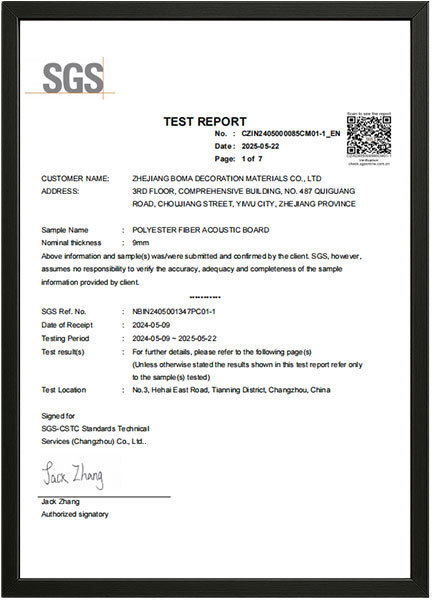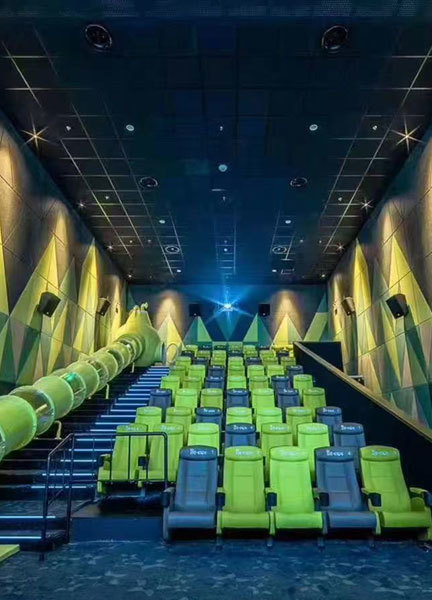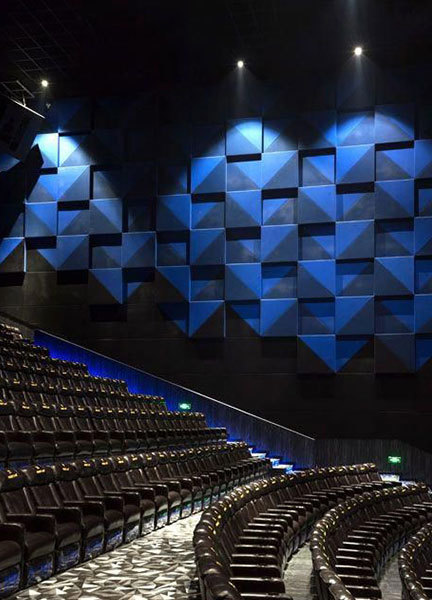YEARS
PROJECTS
QUALIFICATIONS
The company is committed to the development and production of various types of conventional and customizable new environmental protection, fire, flame retardant,sound absorption and noise reduction decorative materials.
The company is committed to the development and production of various types of conventional and customizable new environmental protection, fire, flame retardant,sound absorption and noise reduction decorative materials.

Zhejiang Boma Decoration Materials Co., Ltd.
Widely used in public places with strict acoustic requirements,such as cinemas, KTV,conference rooms, offices, hospitals, song and dance theaters, schools, gymnasiums, hotels, home theaters and other places with decorative requirements.
The company is committed to product quality, high-end product development, and excellent service, with "sound" and "beauty" as design concepts
The company is committed to product quality, high-end product development, and excellent service, with "sound" and "beauty" as design concepts
MANUFACTURER & SUPPLIERS
The company has established long-term and stable cooperative relationships with over 1000 retailers, agents, and engineering companies worldwide who have a demand for noise reduction. We value credibility, abide by contracts, and ensure product quality. With a focus on diversified business characteristics and the principle of small profits and high sales volume, we have won the trust of our customers.
Main Products
APPLICATION SCENARIOS
Widely used in public places with strict acoustic requirements,such as cinemas, KTV,conference rooms, offices, hospitals, song and dance theaters, schools, gymnasiums, hotels, home
theaters and other places with decorative requirements.
CERTIFICATES
Our products have obtained a series of Certificates.






BLOGS
Please Keeping eyes on our News.
Enhancing Sound Control with Fiberglass Ceiling Acoustic Panels
Achieve Serenity at Home with High NRC Acoustic Panels: Transform Your Space into a Sound Oasis
Why Polyester Acoustic Panels Are a Game Changer for Soundproofing
Enhancing Sound Quality with Wood Wool Acoustic Panels: A Sustainable Solution

























